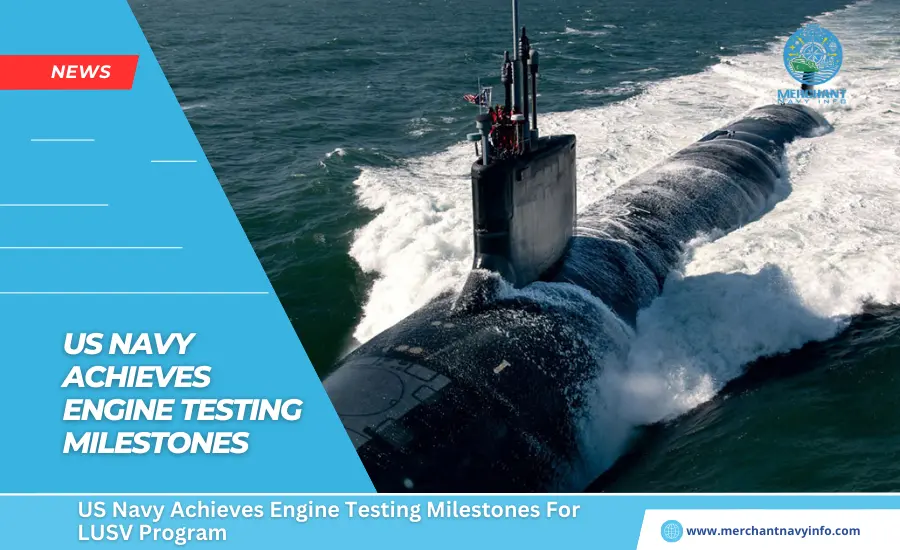
Four 720-hour tests demonstrated the ability and durability of various engine assets. To operate for long periods of time without human intervention by US Navy. This is a key element in advancing unmanned maritime operations and also the US Navy manned/unmanned hybrid fleet concept. Congressional requirements in the National Defense Authorization Act of 2021. Require engine testing milestones to be completed before the LUSV can move into formal development. Motor systems will be accepted for program use only after a successful demonstration event.
Demonstrations of each engine configuration were conducted over 720 consecutive hours. No human intervention or preventive/corrective maintenance of equipment was permitted during this period. Successful completion of the demonstration means that the engine system will not experience any failures. Or also issues requiring maintenance of any kind for 30 days during operation on the unmanned vessel. Four teams successfully completed the 720-hour individual testing milestone.
Successful Teams Include
Bollinger & Carter Machinery, representing Caterpillar in Chesapeake, also Virginia, was the first team to achieve this milestone in December 2023. They demonstrated satisfactory mechanical reliability of the 1550 kW Caterpillar 3512C model engine. Fincantieri Marinette Marine (FMM) and also Carter Machinery. Demonstrated the mechanical durability of the main propulsion diesel, lubricant. And also fuel systems of his Caterpillar 3516, rated at 2300 kW on behalf of his Caterpillar in Chesapeake, Virginia.
Gibbs & Cox and Southwest Research Institute, San Antonio. Texas also verified the reliability of a QSK95 diesel engine. Paired with also an ABB AMG 0560M04 LAE generator on behalf of Cummins. Huntington Ingalls, Inc. (HII), in cooperation with the US Navy Coast Guard, successfully conducted his 720-hour demonstration of the main propulsion diesel engine configuration, his MTU 20V 4000 M93L, on behalf of MTU. Each of these engine configurations is now available for use in the LUSV program.
LUSVs
LUSVs supplement the fleet’s missile magazine capacity as part of the Navy’s Distributed Maritime Operations (DMO) concept. Currently, the LUSV is intended to be a vessel over 200 feet long. The length is approximately 1,500 tons with a maximum carrying capacity. LUSV is intended to be a low-cost, modular, high-end UPS with a variety of payloads available. The Navy awarded six LUSV concept design contracts to industry teams in 2020 to refine program requirements and also provide informed feedback on the Navy’s LUSV requirements. Under these contracts, each of these teams performed work on propulsion plants, culminating in these engine test demonstrations. PEO Unmanned and Small Combatants lead the Navy’s efforts to develop, deploy, and sustain capable and affordable unmanned maritime systems to meet fleet requirements.










